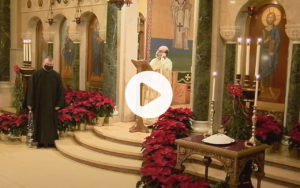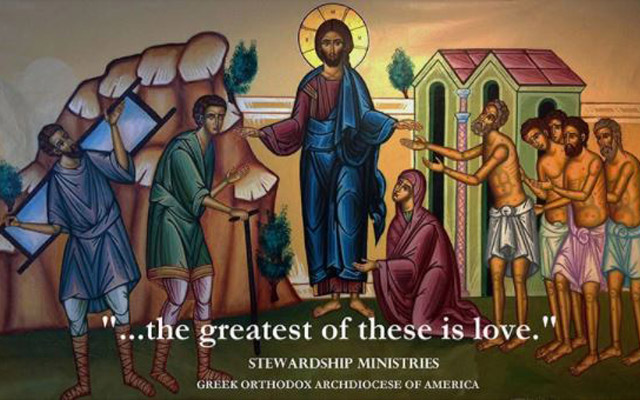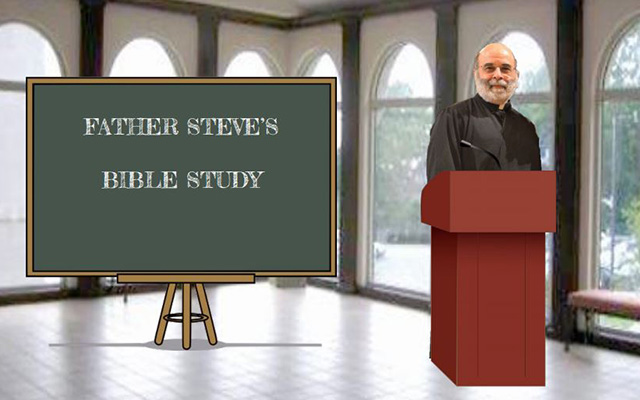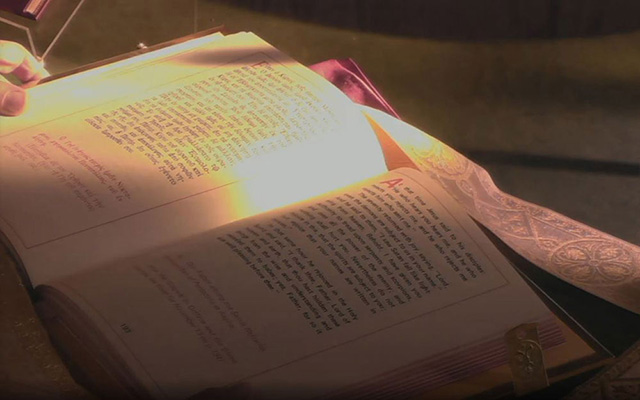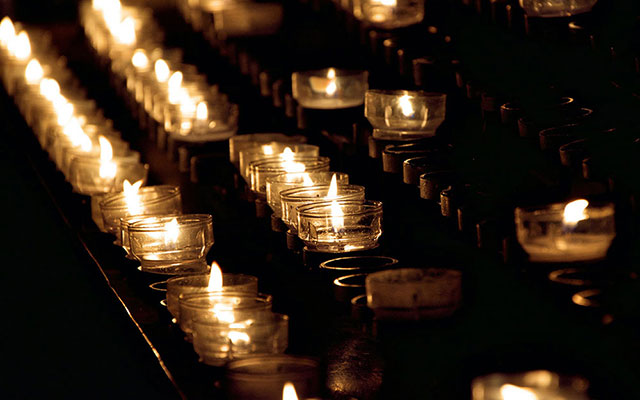On the Icon of the Nativity of the Theotokos
Sermon preached by Melissa Nassiff on Sunday, March 4, 2018 at St. Mary Orthodox Church in Cambridge, MA. In the name of the Father, and the Son, and the Holy Spirit. Good morning! Once again March is Antiochian Women’s month, and throughout the Archdiocese, women are serving their parishes in some of the more visible ways: taking the collection, taking part in the Great Procession, ushering, assisting with communion, and giving a homily. Last year,


